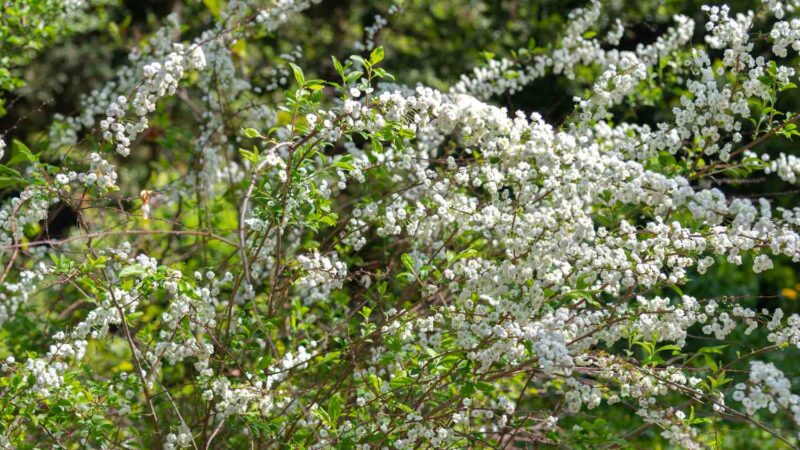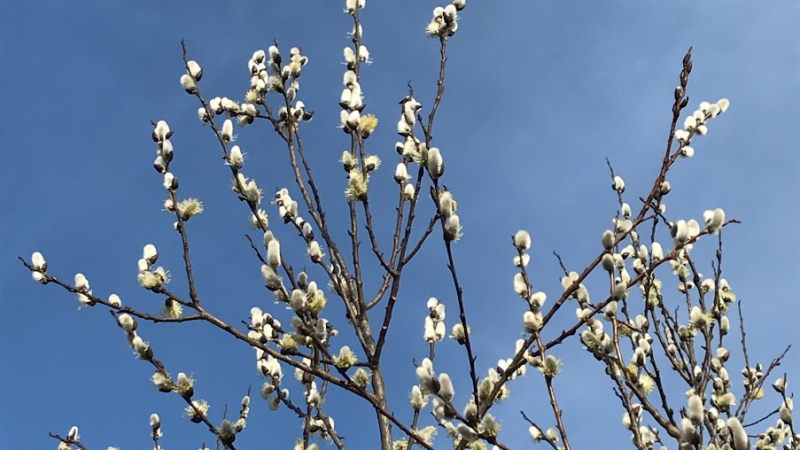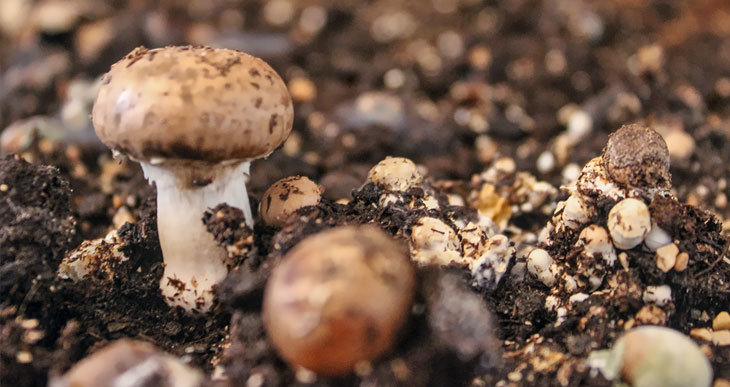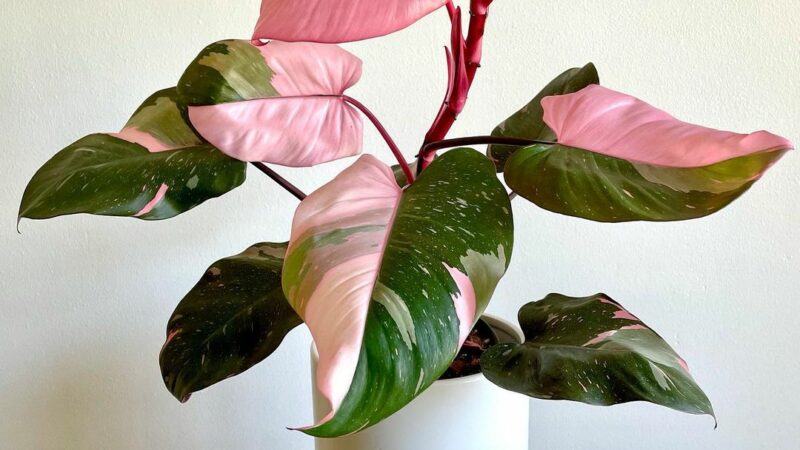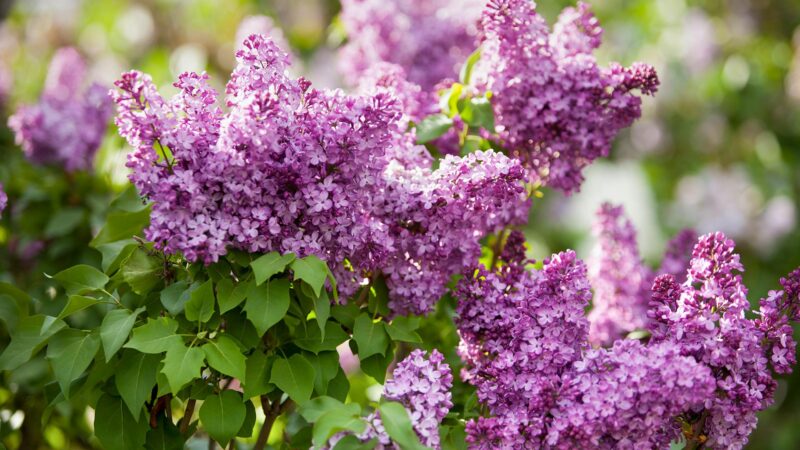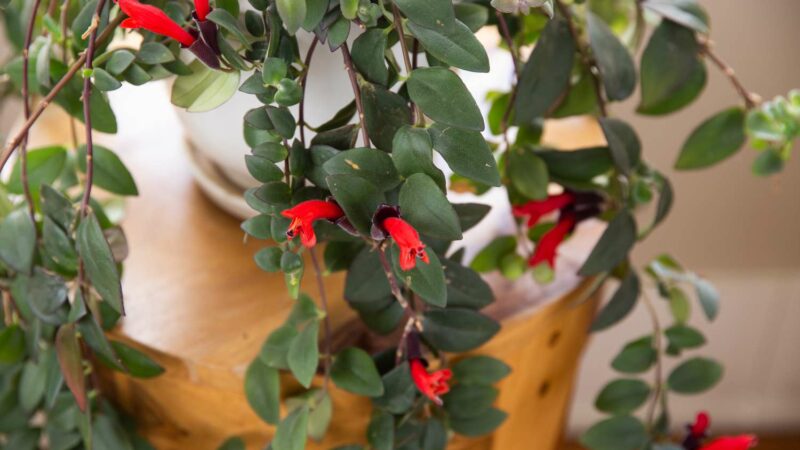Discovering the Beauty and Benefits of Buffalo Grass
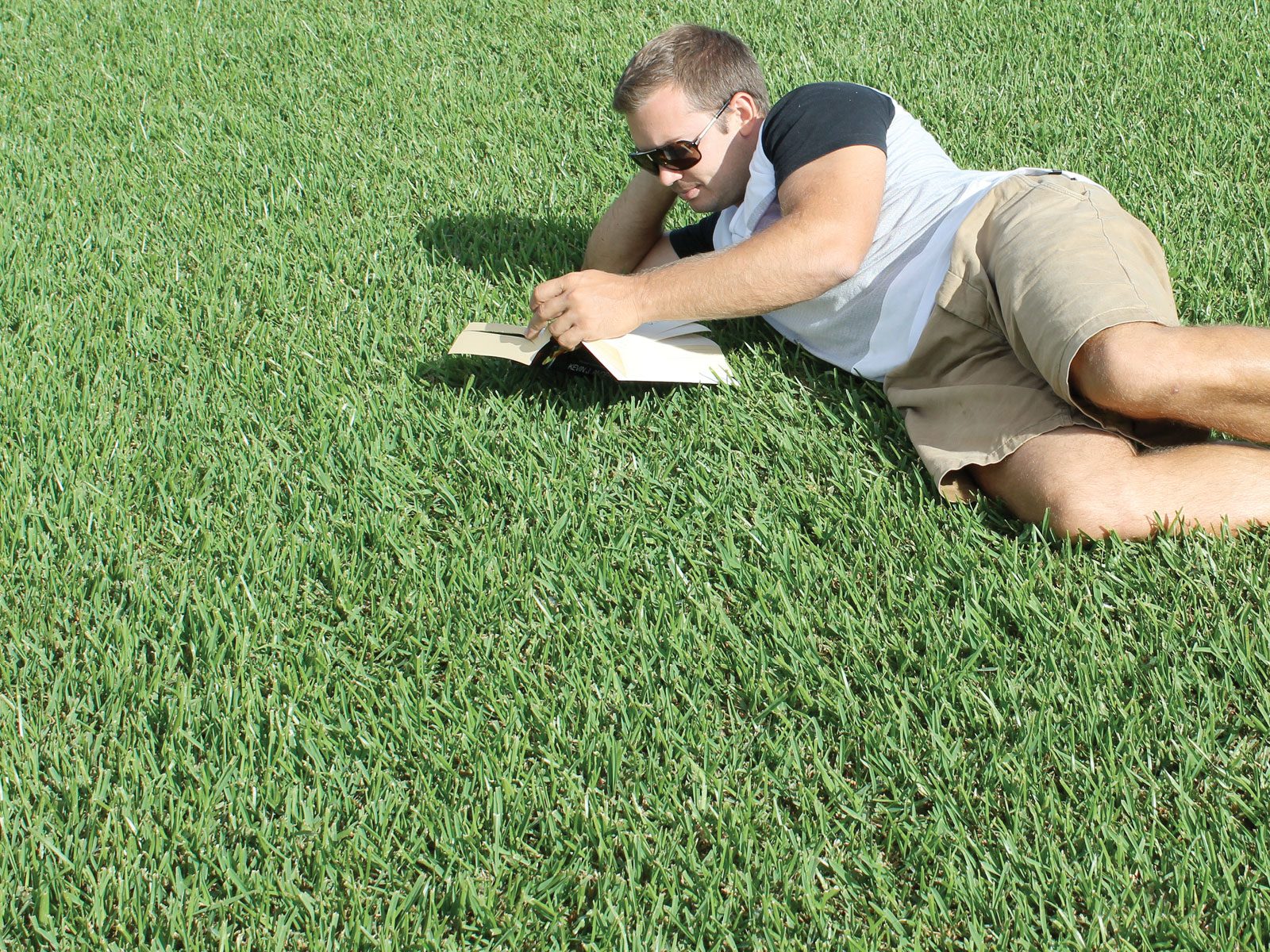
Buffalo Grass – When choosing the perfect grass for your lawn, Buffalo grass is a name that often comes up in conversations about low-maintenance, sustainable, and drought-resistant options.
With its lush green appearance and ability to thrive in various conditions, Buffalo grass has gained popularity among homeowners, landscapers, and environmental enthusiasts.
In this blog, we will explore Buffalo grass, its origins, characteristics, benefits, and tips for successful cultivation.
The Origin of Buffalo Grass
Buffalo grass (Bouteloua dactyloides) is native to North America and primarily found in the Great Plains region of the United States. Its name stems from the fact that it was a staple food source for the American bison, commonly known as buffalo, in these grassy prairies. Native Americans also utilized Buffalo grass for various purposes, including weaving baskets and thatching.
Characteristics of Buffalo Grass
- Drought Tolerance: One of the most notable features of Buffalo grass is its exceptional drought tolerance. It can withstand prolonged periods of dry conditions, making it an excellent choice for regions with limited water resources.
- Low Maintenance: Buffalo grass is often celebrated for its low maintenance requirements. It has a slow growth rate, meaning less frequent mowing, and its dense growth pattern naturally suppresses weeds.
- Heat Tolerance: This grass variety thrives in hot climates and can endure high temperatures without showing signs of stress or browning.
- Cold Hardiness: Buffalo grass is also surprisingly hardy in cold climates. It can withstand frost and freezing temperatures, making it versatile for various environments.
- Adaptability: Buffalo grass is adaptable to various soil types, including sandy, loamy, and clay soils, making it suitable for various landscapes.
Read More – Philodendron Pink Princess Care Guide
Benefits of Buffalo Grass
- Water Conservation: In an era of increasing concern about water conservation, Buffalo grass stands out as an eco-friendly choice. Its low water requirements help reduce overall water consumption in landscaping.
- Reduced Maintenance Costs: Due to its slow growth and natural resistance to pests and diseases, Buffalo grass requires minimal maintenance, leading to lower lawn care costs.
- Erosion Control: Its dense root system aids in soil stabilization and prevents erosion, making it an excellent choice for slopes and hilly areas.
- Wildlife Habitat: Buffalo grass provides habitat and food for various wildlife species, such as birds and insects, contributing to local biodiversity.
- Drought-Resilient Lawns: As climate change continues to impact weather patterns, Buffalo grass is an ideal solution for homeowners who maintain attractive lawns while conserving water resources during droughts.
Read More – What Is A Mushroom Compost? Complete Guide
Cultivation Tips
- Select the Right Variety: There are several Buffalo grass varieties, each with unique characteristics. Consult with a local nursery or landscaping expert to select the best variety for your region.
- Prepare the Soil: Buffalo grass prefers well-draining soil. Prepare the soil by removing debris, rocks, and weeds, and ensure good soil aeration.
- Planting: Sow Buffalo grass seeds or install plugs or sod in the spring or early summer. Keep the soil consistently moist until the grass establishes itself.
- Mowing: Buffalo grass should be mowed to a height of 2-3 inches. Avoid cutting it too short, as this can weaken the grass and make it more susceptible to pests and diseases.
- Fertilization: Buffalo grass typically requires less fertilizer than other grass types. Apply a balanced, slow-release fertilizer sparingly in the spring.
- Watering: While Buffalo grass is drought-tolerant, it still needs occasional watering, especially during dry spells. Water deeply but infrequently to encourage deep root growth.
Read More – How To Grow Pussy Willows: 2023 Complete Guide
Conclusion
Buffalo grass is a remarkable choice for those seeking a low-maintenance, environmentally friendly, and attractive lawn option. With its roots deeply embedded in American history and its numerous benefits, including water conservation, reduced maintenance costs, and wildlife support, it’s no wonder that Buffalo grass has become a preferred choice for eco-conscious homeowners and landscapers alike. By following the cultivation tips mentioned above, you can enjoy the beauty and benefits of Buffalo grass while contributing to a more sustainable and resilient landscape.
Read More – Bridal Wreath Spirea Care Guide
FAQs
FAQ 1: What is Buffalo grass, and what makes it unique?
Answer: Buffalo grass (Bouteloua dactyloides) is a warm-season grass native to North America, particularly the Great Plains region. It’s known for its unique characteristics, including exceptional drought tolerance, low maintenance requirements, and adaptability to various soil types. Buffalo grass also boasts a dense growth pattern that naturally suppresses weeds and provides an attractive, lush green lawn with minimal effort.
FAQ 2: How do I care for Buffalo grass regarding watering and mowing?
Answer: Buffalo grass is well-suited to low-maintenance lawn care. Regarding watering, it’s important to remember that Buffalo grass is drought-tolerant but not entirely drought-proof. Water deeply but infrequently, providing about 1 inch of water every 2-3 weeks during dry periods. When mowing Buffalo grass, maintain a height of 2-3 inches. Avoid cutting it too short, as this can stress the grass and make it more susceptible to pests and diseases.
FAQ 3: Is Buffalo grass suitable for my region’s climate?
Answer: Buffalo grass varieties have different climate preferences, so choosing one that matches your region’s climate is crucial. Generally, Buffalo grass is well-suited to warm and hot climates with full sun exposure. It can also tolerate colder climates, including areas with frost and freezing temperatures. Consult with a local nursery or landscaping expert to select the best Buffalo grass variety for your specific climate and soil conditions.
